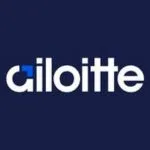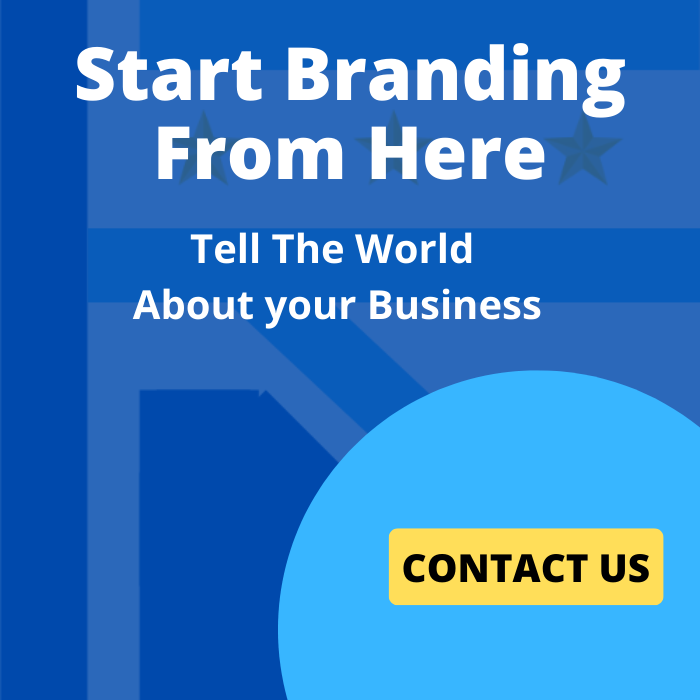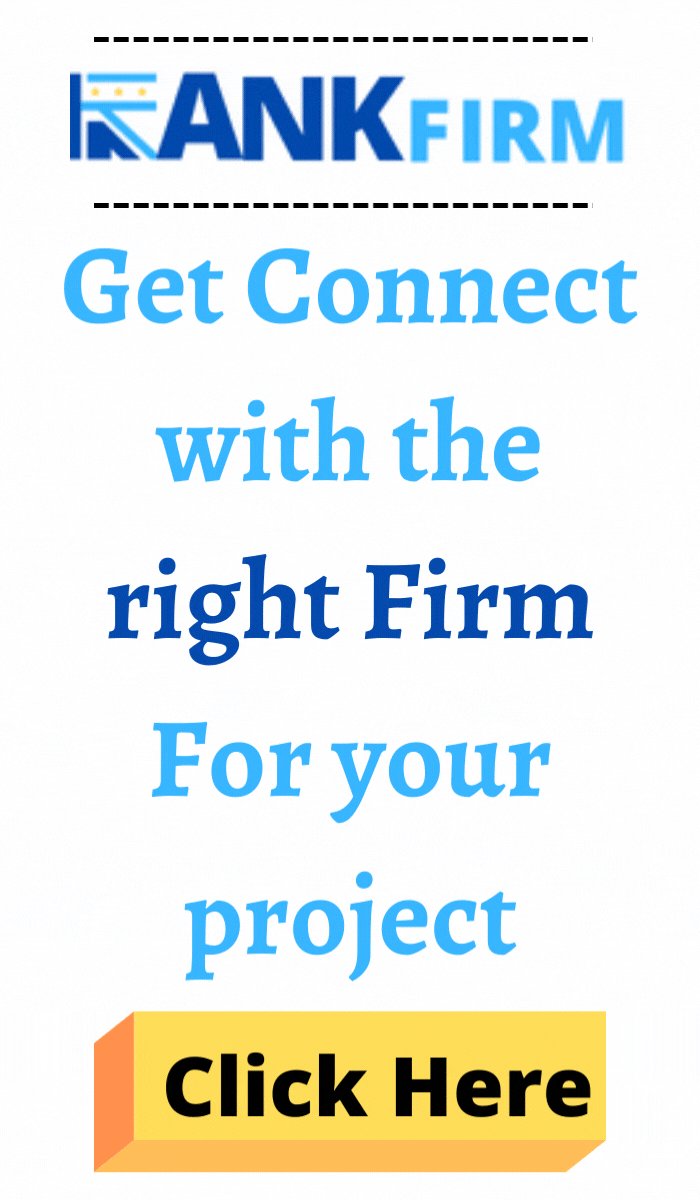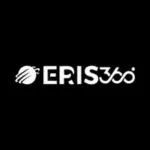
Top Insurance Web Design Companies
Choosing the right web design company is crucial for insurance agencies aiming to build trust, attract clients, and stand out in a competitive market. Our curated list of the top insurance web design companies helps you find the most reliable partners based on client reviews, industry expertise, and design capabilities. These agencies specialize in creating secure, responsive, and lead-generating websites tailored to the unique needs of insurance providers. Whether you’re a small agency or a large firm, this guide simplifies your search and helps you make informed decisions to elevate your online presence and customer experience.
List of the Best Insurance Web Design Agencies | Top Insurance Web Design Companies in the World

-
Employees: 11 to 50
-
Min. Project amount: $10,000
-
Country: NY, USA

Cyber Nest
-
Employees: 11 to 50
-
Min. Project amount: $25-$49/hr
-
Country: NY, United States
-
Employees: 101 to 250
-
Min. Project amount: $10000
-
Country: Karnataka, India
-
Employees: 11 to 50
-
Min. Project amount: $1,000+
-
Country: Singapore

Telepathy Infotech
-
Employees: 51 to 100
-
Min. Project amount: $5,000+
-
Country: Casper, WY

Onex Software
-
Employees: 11 to 50
-
Min. Project amount: $10,000+
-
Country: İzmir, Türkiye
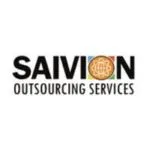
Saivion India
-
Employees: 11 to 50
-
Min. Project amount: $1,000+
-
Country: New Delhi, INDIA

SAT Microsystems
-
Employees: 251 to 500
-
Min. Project amount: $250,000+
-
Country: Jeddah, Saudi Arabia

Elite M Commerce
-
Employees: 101-250
-
Min. Project amount: Undisclosed
-
Country: NJ, United States
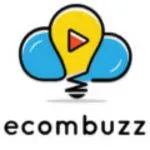
Ecom Buzz
-
Employees: 0 to 10
-
Min. Project amount: $1,000+
-
Country: Kolkata, India
1.What Should I Look for in an Insurance Web Design Company?
When choosing a web design agency for your insurance business, it’s important to assess their industry-specific capabilities. A great insurance website is more than just attractive—it should drive leads, comply with industry standards, and provide a seamless user experience. Here’s what to look for:
✅ Industry Experience and Understanding
Choose a company that has previously worked with insurance providers or related financial services. Familiarity with insurance terminology, workflows, and customer behavior ensures your website will speak directly to your audience and meet industry demands.
🔐 Compliance and Security Standards
Insurance websites must follow strict data privacy and security standards. Ensure the agency can implement SSL certificates, HIPAA compliance (if required), secure data collection forms, and multi-level access controls.
📱 User-Friendly and Mobile-Responsive Design
More users browse insurance options on mobile devices than ever before. Your chosen firm should prioritize responsive design and easy-to-navigate site structures that cater to all users—regardless of device or technical skill.
🎯 Lead Generation and Conversion Optimization
A high-performing insurance website should convert visitors into leads. Look for design companies that offer strategic placement of CTAs (Calls to Action), optimized landing pages, quote request forms, and A/B testing for conversion rates.
🔗 Third-Party Integration Capabilities
Whether you need CRM, live chat, online quote engines, or policy management systems, your agency should be able to integrate these tools seamlessly. Custom development and backend integration ensure your website works as an extension of your business operations.
2.Do Insurance Web Design Firms Offer Mobile-Friendly and Secure Websites?
When selecting an insurance web design firm, it’s essential to ensure they offer both mobile responsiveness and robust security—two non-negotiable features in today’s digital landscape.
📱 Mobile-Friendly Design
Reputable insurance web design agencies prioritize responsive web design to ensure your website looks and functions perfectly across all devices—smartphones, tablets, laptops, and desktops. A mobile-optimized site improves:
User experience (UX) for on-the-go visitors
Lead conversion rates
Search engine rankings, as Google favors mobile-first indexing
Most top agencies conduct mobile testing during the design phase to guarantee smooth navigation, fast loading times, and proper display of forms, quotes, and policy tools.
🔐 Website Security & Compliance
In the insurance sector, protecting sensitive customer data is critical. Leading web design companies offer:
SSL certificates for encrypted connections
HIPAA-compliant features (for health insurance websites)
Secure contact and quote request forms
Firewall integration and malware protection
Regular backups and software updates
Security-focused design not only safeguards data but also instills trust in visitors, boosting your brand’s credibility.
3.How Much Does It Cost to Design a Website for an Insurance Agency?
The cost of designing a website for an insurance agency can vary significantly depending on the complexity, features, and level of customization required. Below is a breakdown of what affects pricing and what to expect:
💸 Basic Insurance Website (Starting at $3,000–$5,000)
This package is ideal for small to mid-sized agencies needing an online presence. It typically includes:
A custom homepage and a few internal pages (About, Services, Contact)
Mobile-responsive design
Basic quote request/contact forms
SSL security
Simple content management system (CMS) like WordPress
⚙️ Mid-Level Website (Ranges from $5,000–$10,000)
Great for growing agencies that require more functionality:
Integration with quote engines, chatbots, or CRM systems
Blog or news sections
On-page SEO optimization
Custom forms or calculators
Enhanced visual design and interactivity
🚀 Advanced Custom Website ($10,000+)
Designed for enterprise-level firms or agencies needing high-performance, fully integrated solutions. This may include:
Full API integrations with third-party tools (CRM, policy software)
Advanced lead tracking and automation
Client login portals
HIPAA-compliant or industry-specific data protection features
Ongoing maintenance and support
💡 Additional Factors That Influence Cost:
Number of pages and custom features
Content creation (copywriting, video, imagery)
Multilingual support
Accessibility compliance (ADA/WCAG)
Ongoing hosting, updates, and SEO support.
4.How Long Does It Take to Launch an Insurance Website?
The timeline for launching an insurance website can vary based on the scope of the project, number of pages, integrations, and how responsive stakeholders are during the process. Below is a breakdown of typical timeframes and factors that affect the overall duration:
⏱ Typical Timeline: 4 to 12 Weeks
Basic Website (4–6 weeks):
Includes standard pages (Home, About, Services, Contact)
Mobile-responsive design
Simple quote request form
Basic branding and layout
Mid-Level Website (6–8 weeks):
More pages and detailed content
Blog or news integration
CRM, chatbot, or quote engine integration
On-page SEO setup
Custom visual elements
Advanced Website (8–12+ weeks):
Custom-built features (client login portal, API integrations)
Full-scale CMS development
ADA compliance and advanced security (SSL, HIPAA if needed)
Complex approval processes or multiple stakeholders involved
🔁 Key Factors That Influence Timeline:
Client Responsiveness – Delays in feedback, approvals, or content delivery can extend the timeline.
Design Revisions – More rounds of edits or custom branding work may require additional time.
Third-Party Integrations – Connecting to external systems (e.g., policy management, CRM) may take extra time for testing and implementation.
Content Creation – If the agency is handling content strategy and copywriting, timelines may expand.

